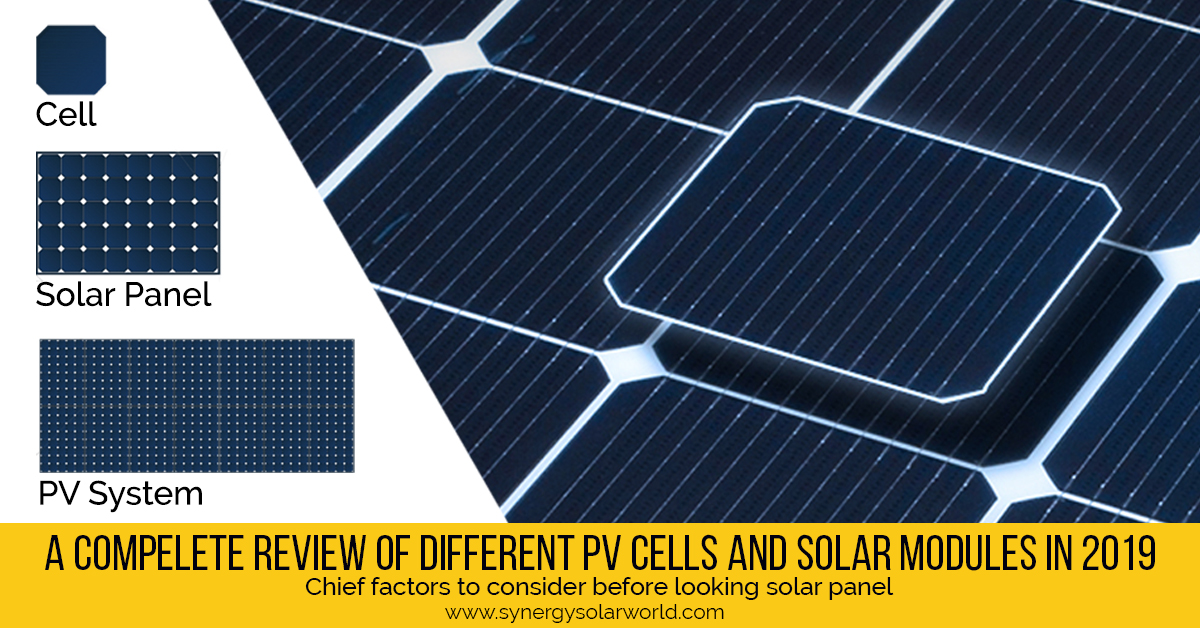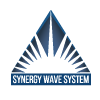LEADERS
in Solar Energy

A Complete Review of Different PV Cells and Solar Modules in 2019
A Complete Review of Different PV Cells and Solar Modules in 2019
There is an array of solar modules available in the market today. However, not all models may be suitable for everyone. There are many factors to consider before zeroing in on the one that suits your needs best. Here is a list of various solar modules available today:
● Crystalline Silicon
The majority of the photovoltaic (PV) of the world are based on silicon. The substance is used in PV is different based on the purity. Better the aligned silicon, better and purer will they be. The better alignment will lead to better conversion of the solar energy into electricity.
The efficiency of the silicon is directly impacted by its purity. However, it is an expensive process to make silicon pure. For most people, it is not efficiency, but the cost and space factors that are important.
● Monocrystalline
Solar cells that are made of the monocrystalline silicon are quite easily identifiable by its look. It is uniform and high purity silicon. The four sides of monocrystalline cylinders are cut to optimize its performance and lower the costs giving it its characteristic look.
Advantages
● They are high in efficiency owing to the purity of the highest grade of silicon. It is generally 15-20% efficient.
● They are very efficient in small spaces. They produce more than four times the electricity than the thin film solar panels.
● They have the longest life amongst all solar panels. Manufacturers typically offer a 25-year warranty on such solar panels.
● Perform better in the low light areas.
Disadvantages
● They are the most expensive solar panels.
● The entire circuit can break down if the panel is covered with snow or dirt even partially.
● Due to cutting of the sides, it results in a large amount of silicon being wasted.
Polycrystalline
It is the first type of the solar panels based on the polycrystalline silicon. It is made by melting and pouring raw silicon in square molds. It is then cooled and cut into perfect square shaped wafers.
Advantages
● It is a simple and cost effective process to make polycrystalline.
● Lesser wastage in comparison to the monocrystalline.
● Efficient for homes.
Disadvantages
● Owing to the lower purity, they have less efficiency, which is reduced to 13-16 per cent. Therefore, they are not as efficient as the monocrystalline solar panels.
● They require large surfaces, therefore lower efficiency of space.
String Ribbon Solar Cells
String Ribbon solar modules are made from polycrystalline silicon. String Ribbon is a type of a manufacturing technology that is used to produce a form of polycrystalline silicon.
Advantages
● Its manufacturing requires half the amount of silicon than monocrystalline manufacturing.
Disadvantages
● It consumes more energy and is costly and extensive.
● They have lowest space-efficiency.
Thin-Film Solar Cells (TFSC)
Thin film solar cells are manufactured by depositing a single or many thin layers of the photovoltaic material in substrates. The various thin film solar cells are listed below:
● Amorphous Silicon (a-Si)
● Cadmium Telluride (CdTe)
● Copper Indium Gallium Selenide (CIS/CIGS)
● Organic Photovoltaic Cells (OPC)
Advantages
● It is simple to produce these in bulk.
● They are comparatively cheap to produce.
● They look appealing due to the homogenous look.
● Higher temperatures and shade have a lower impact on such solar modules.
● In large spaces, these panels work excellently.
Disadvantages
● They are cheaper but require large spaces.
● Not useful for residential purposes.
● They degrade faster and have a shorter warranty period.
Building-Integrated Photovoltaics (BIPV)
Building integrated Photovoltaics have multiple subtypes or methods of integrating it. These can be based on either crystalline or both on crystalline and thin film solar cells.
Building integrated photovoltaics may be for roofs, walls, facades, windows and many that can be made by combining photovoltaic material. People can also look to integrate photovoltaic in their entire homes. Howver, it is considered expensive for most home-owners.
Most Suitable Solar Panel Type for Home Usage
It is ideal to get the space evaluated by the experts to install the best suitable type of solar panel. Some of the scenarios in the home front are as follows:
Limited Space
For homes where space is a constraint, thin film solar panels are an ideal option. Crystalline based solar modules are also preferred if one wants to limit the space in the PV system. However, not many manufacturers provide thin film solar panels for home spaces currently.
Mono and Polycrystalline solar panels are great choices offering same advantages. The polycrystalline solar panels are less on the space efficiency where as the monocrystalline solar modules are known for a higher level of electrical power production. It is best to evaluate all these factors before deciding on installing solar panels.
Monocrystalline solar panels are high in cost and efficient for small spaces.
Lowest Cost
If one is considering the lowest cost solar panels, they should consider installing thin film solar panels. They are the best choice in solar panels when it comes to cost effectiveness.
